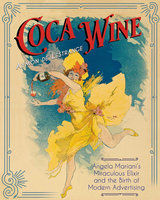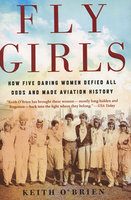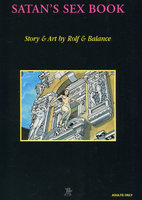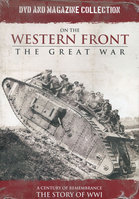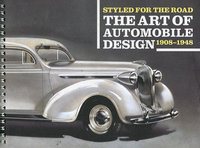New, Quality Gift Books - 50-90% off - over 2500 titles
Your basket is empty.
Categories Lucky Dip Clearance SPIRIT OF ST. LOUIS: Ryan Monoplane (1927)
SPIRIT OF ST. LOUIS: Ryan Monoplane (1927)
Book number: 92699
Product format: Paperback
In stock
Bibliophile price
£3.00
Published price
£22.99
Customers who bought this product also bought
|
COCA WINE: Angelo Mariani's Miraculous Elixir
Book number: 92654
Product format: Paperback
Bibliophile price
£2.25
Published price
£25
|
CHADBURY: A Town and Industrial Scape In '0' Gauge
Book number: 92868
Product format: Hardback
Bibliophile price
£8.50
Published price
£25
|
FLY GIRLS
Book number: 92598
Product format: Paperback
Bibliophile price
£3.50
Published price
£16.50
|
|
SATAN'S SEX BOOK
Book number: 93956
Product format: Paperback
Bibliophile price
£9.00
Published price
£21
|
ON THE WESTERN FRONT DVD AND MAGAZINE COLLECTION
Book number: 94392
Product format: Unknown
Bibliophile price
£3.00
Published price
£14.99
|
STYLED FOR THE ROAD ART OF AUTOMOBILE DESIGN 1908-1948
Book number: 94385
Product format: Paperback
Bibliophile price
£6.00
|
Browse these categories as well: Lucky Dip Clearance, Modern History/Current Affairs, Transport







